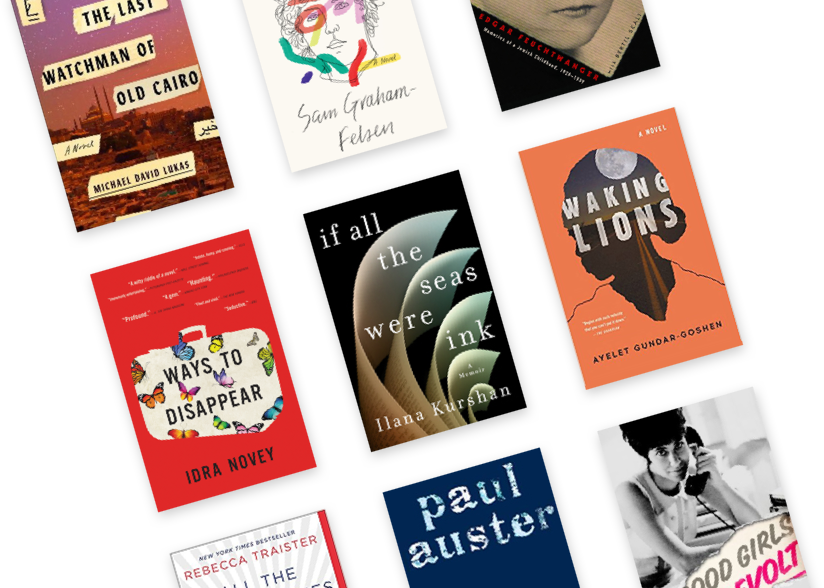Who owns a work of art? Who owns the artist?
These questions are at the core of Burhan Sonmez’s Lovers of Franz K. Half obituary for Kafka, half Cold War thriller, the novel follows the interrogation of Ferdy Kaplan, who is being held by the West Berlin police for murder. Although too much real estate is spent on clumsy police work at the start, we soon understand that Kaplan’s target was Max Brod, Kafka’s best friend and confidante who famously published the work that Kafka — on his deathbed — had implored him to burn. Then the fun begins.
In Ferdy Kaplan, we have a strange and memorable protagonist who has spent his young life immersed in one radical ideology after another, from a childhood in Nazi Germany, to an adolescence in Turkey on the brink of a military coup, to Paris in protest. Ferdy’s most remarkable quality — for something of a radical chameleon — is that he never second-guesses the rightness of what he is doing or fighting for. This is critical, because Ferdy’s obstinacy allows Sonmez to gloss over the rightness or wrongness of the causes Ferdy takes up, and move on instead to the more interesting question of how nuance and gradation should be translated from ideology to action. “Even if we, just for the sake of argument, accept your point of view,” says Ferdy’s interrogator and foil at one point, “it still does not justify your intention to kill. Just because someone has erred. Let’s assume Max Brod was wrong in what he did, it doesn’t mean that he deserved to die.”
In other words: what is the appropriate punishment for moral errors that are not forbidden by the law? This is an obvious yet poignant question that applies just as much to the radical movements of today as it did to those of the 1960s.
As it becomes clear that Ferdy’s crime was instigated by an unexpected and manipulative source, Sonmez’s thematic question takes its clever final form. From “Who owns a work of art?” emerges: “Who owns a movement?” Is it the people who conceive of the movement’s roots, the honest admirers of the movement’s intellectual underpinnings, the self-interested who use the movement’s structure to climb in the world, or is it the radical believers who bring a movement to its often-violent end?
Sonmez doesn’t answer this question (by design) and yet the book is satisfying precisely because we explore the intimate connection between ideology and action without a bias towards either’s dominance over the other. The novel alternates between the present in playscript and backstory in prose, a structure that effectively conveys the sentiment that humanity is a relic of the past, and that the world has moved into an era where ideologies — rather than those who subscribe to them — interact.
Daniel H. Turtel is the author of the novels The Family Morfawitz and Greetings from Asbury Park, winner of the Faulkner Society Award for Best Novel. He graduated from Duke University with a degree in mathematics and received an MFA from the New School. He now lives in New York City. Follow him on X at @DanielTurtel.

